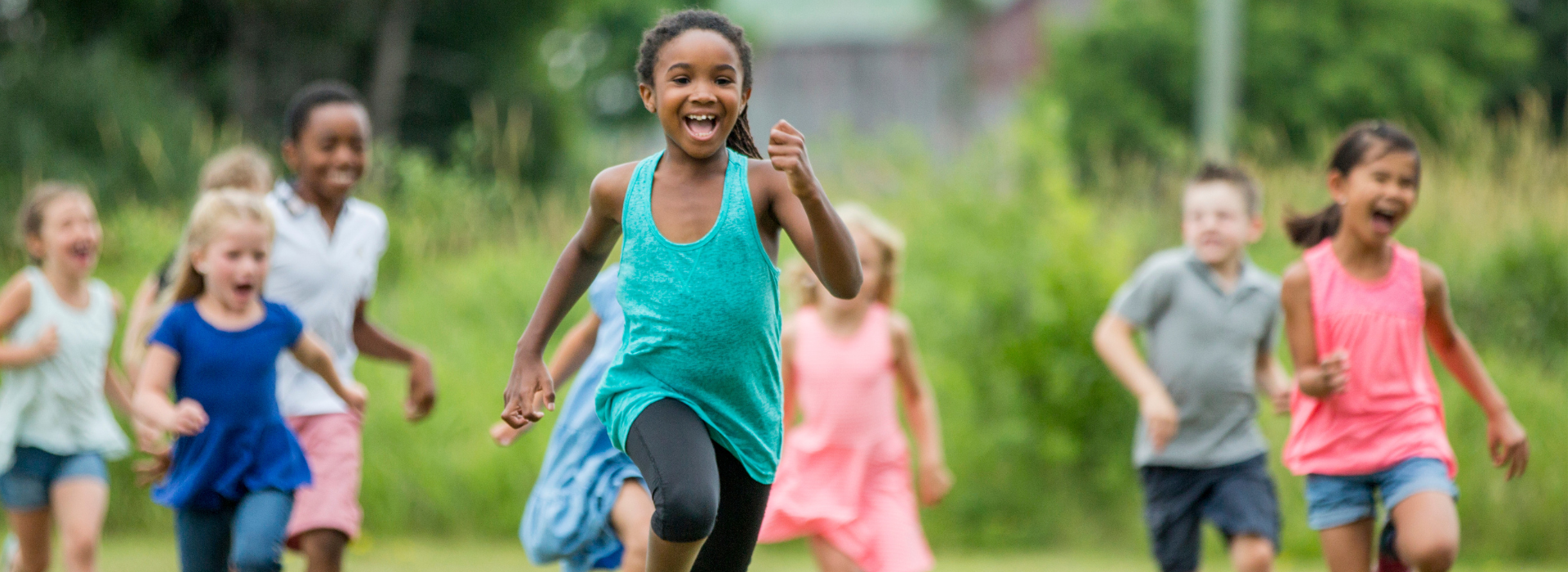
Physical therapy intervention enables children to physically access their educational environment. Physical therapists working in educational settings use a wide array of service models, materials, strategies, and accommodations to support a student’s participation and progress in school. PTs may offer simple strategies through collaborative consultation with teachers, help design an environment that supports access and performance, use or adapt existing school materials and equipment to facilitate greater access to the environment, or introduce equipment which allows the student to participate in the learning activity.
The individual needs of the student drive this selection and application. As a related service, physical therapy supports the child’s ability to move as independently as possible in the school environment. The physical therapist evaluates the child’s ability to move throughout the school environment and to participate in classroom activities. Physical therapy interventions are designed to enable the student to travel throughout the school environment; participate in classroom activities; maintain and change positions in the classroom; as well as manage stairs, restrooms, and the cafeteria.
Types of physical therapy intervention may include:
- therapeutic exercise (e.g. teach classroom assistants and student how to maintain strength, endurance and range of motion throughout the school day)
- functional training in school activities(e.g. help find ways for students to participate with their peers in fieldtrips, physical educations class and recess; work with students in actual daily setting to work on positioning and mobility such as stairs, playground, doors; address safety concerns in the design and emergency plans of the school)
- functional training in self-care (e.g. teach staff and caregivers how to safely transfer from chair to toilet)
- functional training in community (e.g. help find ways students can participate with their peers in community activities)
- application and training in use of adaptive equipment (e.g. work with community providers to select, adjust and monitor assistive devices for positioning and mobility; assess and modify furniture for positioning of students with special needs)
- manual therapy (e.g. teach classroom assistants and student how to maintain strength or range of motion throughout the school day).
